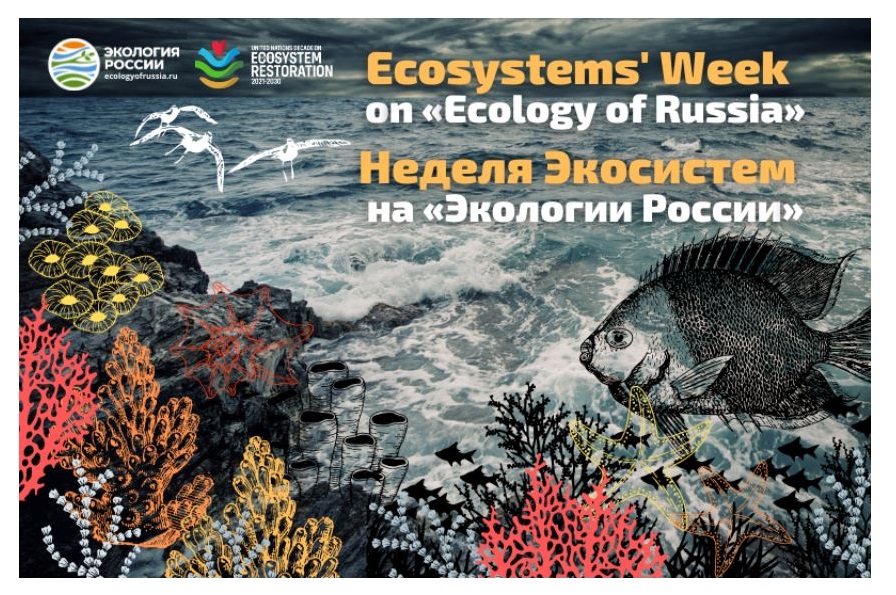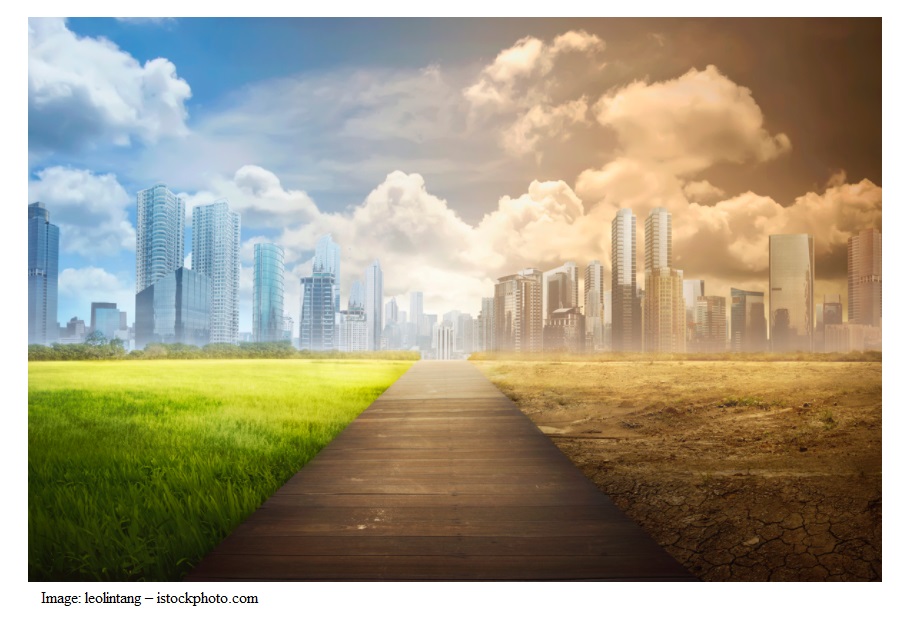June 4, 2021
"Urban ecosystems": will humans manage to preserve their habitat? Right before the World Environment Day (celebrated annually on June 5), the Russian media "Ecology of Russia" initiated the ecosystems week to speak about the role of the most vulnerable ecosystems of our country and the planet as a whole. Today we will talk about the artificial ecosystem – “urban ecosystems”: will humans manage to preserve their habitat?
 Cities and metropolitan cities are classified as artificial ecosystems. They grew up in areas of existence of natural biotopes. That is why a big role is given to the connection between living and inanimate nature in urban ecosystems. Cities receive energy, food, and water from the ecosystems that are outside the urban territories.
Cities and metropolitan cities are classified as artificial ecosystems. They grew up in areas of existence of natural biotopes. That is why a big role is given to the connection between living and inanimate nature in urban ecosystems. Cities receive energy, food, and water from the ecosystems that are outside the urban territories.
According to the UN data, urban areas occupy less than 1% of the land surface, but they are home to more than half of the human population of the planet. This ecosystem determines the quality of human life. But it is in cities and metropolitan cities where most problems are concentrated.
"Ill-considered planning leads to leaving almost no free soil in the city, where vegetation could develop among the houses, roads and factories. Waste and emissions from industrial facilities, transport and residential buildings pollute waterways, soil and air," - runs the UN statement.
 Cities grow, and natural sites like fertile soils, reservoirs, meadows and fields, forests, which are the habitat of many animals and birds are destroyed along with them.
Cities grow, and natural sites like fertile soils, reservoirs, meadows and fields, forests, which are the habitat of many animals and birds are destroyed along with them.
The main problem of cities is dirty air. As a rule, there is always a lot of vehicles, industrial facilities, and coal-fired thermal power plants in metropolitan cities. All of these factors lead to having to live with a "black sky". And toxic smog directly affects the health of the population.
Garbage causes no less inconvenient for the citizens. Often, due to human factor, piles of waste appear in other ecosystems, causing pollution of soils and water sites.
Climate change is another threat to urban ecosystems. Metropolitan cities are already facing overheating – the temperature in the cities is several degrees higher than outside the "concrete jungle". Climate scientists predict not quite optimistic scenarios for the future.
Alexey Kokorin, climatologist, Head of the WWF Russia "Climate and Energy" program explained: - "Due to the growth of dangerous meteorological phenomena everything will be completely "eaten up". The trouble that is typical for the Krasnodar Crai – heat waves - will become a serious problem for most of Russia. We will have to live in a much more unstable climate. The heat waves will reach us, and it will be a disaster for the Moscow oblast."
Arctic cities, too, are now facing permafrost thawing. The areas with the houses of the indigenous population are degrading. For instance, in Yakutia, scientists are already recording significant subsidence of the soil in areas from 15 to 25 km. this is causing failure of roads, formation of swamps and thermokarst lakes. This year, the population of Yakutia almost lost all the reindeer. Due to the unstable climate, the animals could not reach the lichens; the ground was covered with a crust of ice, which the angulate animals could not break. Hundreds of reindeer died of starvation.
Source: https://ecologyofrussia.ru/gorod-ekosistema-megapolisy/